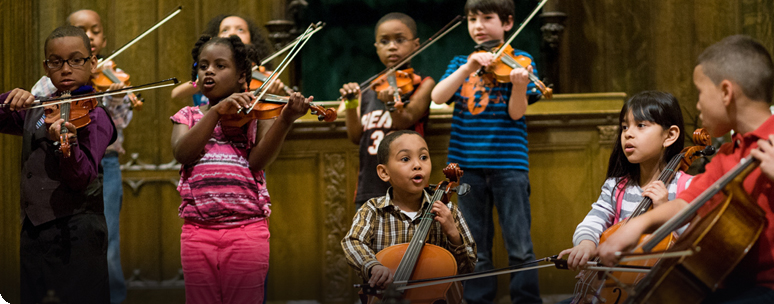Ives String Quartet program notesCharles Ives: String Quartet No. 1 (1896) One of music’s most unusual figures, Charles Ives was not a composer by trade but was a very successful insurance man and would compose at night after work or on the commuter train to and from New York City. As a boy, he was raised on a steady diet of “Old Time Religion” revival hymns and by his bandmaster father’s sonic experiments. George Ives, who led a crack army band during the Civil War, enjoyed placing musicians at the four corners of the town green in Danbury, Connecticut, and listening to the cross section of sound that resulted. He also reveled in the cacophony of different municipal bands marching in the same parade, each honking out a different tune. He even trained his son Charles to sing songs in different keys from his piano accompaniments, thus exposing the young Ives to one of his future trademarks, polytonality. Charles became a salaried organist at the Danbury Baptist Church at the age of fourteen. He went on to study composition at Yale from 1894-1898 with a German trained teacher named Horatio Parker. Due to his father’s influence and his own proclivity to experiment, Charles Ives butted heads with the rather conservative Parker and graduated from the hallowed university with a solid D+ average. While he never completely abandoned traditional tonality and structure, Ives always experimented with the possibilities of sound and in his first string quartet from 1896, Ives would already employ some of his favorite devices that would become his calling cards in his mature style: musical quotation, polytonality, polyrhythm, and superimposing tunes atop one another á la the marching bands back in Danbury. The remaining three movements were written for actual liturgical use at the Centre Church, whose minister, Dr. Griggs, encouraged Ives’ musical experimentation despite a few ruffled feathers from the congregation. Griggs told Ives, “Never you mind what the ladies’ committee says, my opinion is that God gets awfully tired of hearing the same thing over and over again.” All three movements employ an ABA ternary form and are much more rhythmically and harmonically experimental than the first movement. The finale quotes the hymns “All Hail the Power of Jesus’ Name” and “Stand up, Stand up for Jesus” for the bustling first theme group. The contrasting lyrical section, with its falling motive in the first violin, is derived from “Shining Shore” which featured prominently in the second movement. For the movement’s climax, Ives superimposes “Shining Shore” with its triple meter pulse, atop the four beat pattern of “Stand up, Stand up for Jesus.” The glorious chaos that ensues surely would have made his father proud. The narrative eventually comes back together for a most rousing G major conclusion that must have settled the nerves of the congregation at the Centre Church after the fracas of the preceding section. Download Jesse's program notes for the entire series here. |
